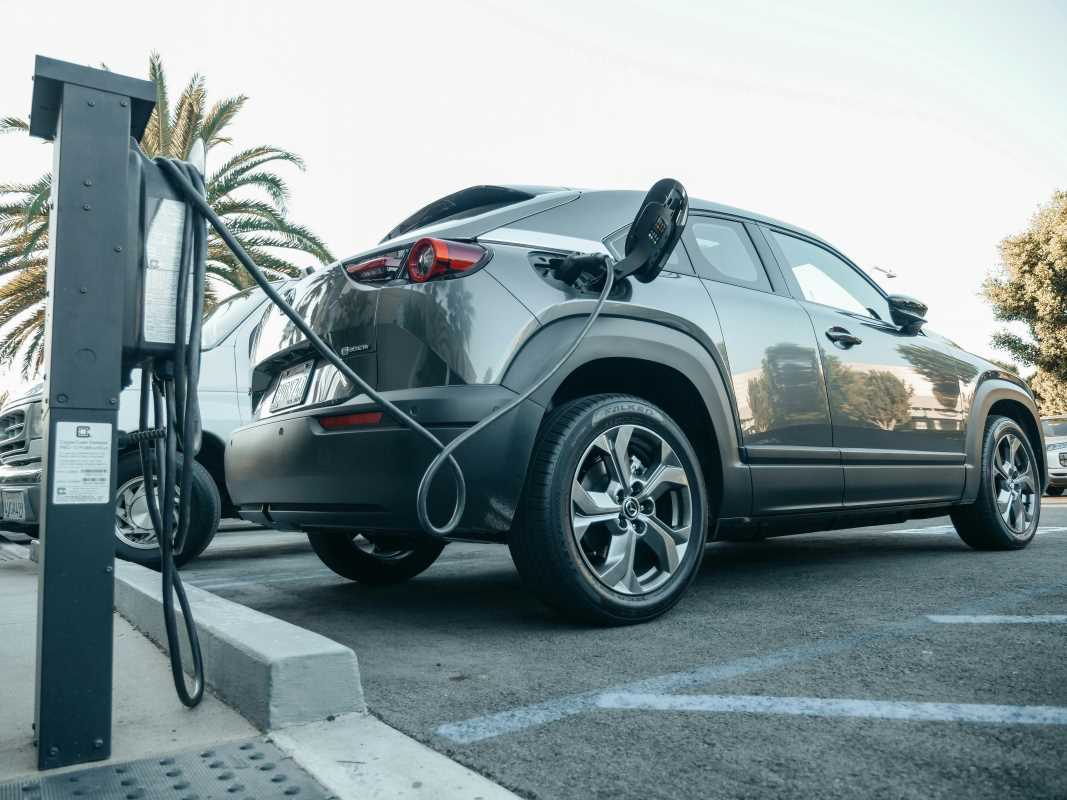Buying your first car is more than just a big purchase; it’s a milestone. It’s your ticket to freedom, your companion for commutes, and maybe even your karaoke stage on wheels. But before you hit the road, there's one crucial hurdle to clear: financing. Unless you’ve been stockpiling cash under your mattress, chances are you’ll need a plan to pay for your new ride.
Figuring out how to finance your first car may feel overwhelming, but it doesn’t have to be. With the right steps, you can secure a good deal, keep your budget intact, and avoid pitfalls.
Here’s a comprehensive guide to navigating the financing process with confidence and a little flair.
Building a Budget That Works for You
Before you even think about test-driving shiny dream cars, it’s essential to know how much you can afford. Start by calculating your monthly income and subtracting your fixed expenses like rent, groceries, and utilities. What’s left is your discretionary cash. From there, consider what portion you’re comfortable allocating to car payments.
Many financial experts suggest the total cost of owning a car should not exceed 15% to 20% of your monthly income. Keep in mind, the sticker price isn’t the full picture. Ownership costs like insurance, gas, maintenance, and registration fees need to be factored into your budget. A car that’s affordable on paper could stretch your finances thin once all the extras are added up.
Deciding Between New and Used
Once you’ve nailed down your budget, it’s time to decide whether you’re buying new or used. Your financing options, loan terms, and overall costs will look very different depending on which route you choose.
New cars come with perks like lower interest rates, extended warranties, and the allure of that unbeatable new car smell. If you’re financing a new ride, lenders often offer more competitive rates due to the car’s higher value and lower depreciation risk.
Used cars, on the other hand, are budget-friendly upfront but may come with higher interest rates. The upside? You can avoid the immediate depreciation hit that new cars take the moment they roll off the lot. Whichever you choose, balance your decision against the total cost of financing and long-term expenses.
Choosing the Right Financing Path
Now comes the nitty-gritty part: deciding how to pay for your car. Financing options vary, so it’s crucial to choose the one that suits your needs and financial situation best. Here are your main financing options:
- Dealer Financing: Convenient because it’s a one-stop shop. Dealerships often work with multiple lenders and can handle the loan process on-site. Watch out for markups, though, as dealers sometimes add fees to pad their profits.
- Bank or Credit Union Loans: Secure pre-approval for a car loan from a bank or credit union before you shop. Credit unions often offer competitive interest rates, especially to first-time buyers.
- Online Lenders: For a streamlined experience, some buyers turn to online lenders. They typically allow you to compare rates and terms from the comfort of your couch.
- Leasing: If you want a lower monthly payment and aren’t attached to the idea of owning, leasing might be an option to consider. However, you’ll face mileage limits and won’t actually own the car at the end of the lease term.
- Cash Payment: Got savings burning a hole in your pocket? Paying in cash eliminates interest entirely, though it might be better to save some of that cash cushion for emergencies.
Shop around for the best loan terms and interest rates, and don’t be afraid to negotiate. Keep an eye on the Annual Percentage Rate (APR) and beware of loans with excessively long repayment periods, while they seem manageable monthly, you’ll pay much more in the end.
Understanding Your Credit and Loan Terms
When it comes to car financing, credit is king. Your credit score plays a big role in determining the interest rate and loan terms you qualify for. The higher your score, the better your rate, which can save you thousands over the life of the loan. If your credit score needs improvement, don’t panic.
There are still financing options available, though they might come with higher rates.
If you’re not familiar with the terms, here’s a quick breakdown:
- Principal: This is the total amount you’re borrowing for the car.
- Interest Rate: The cost of borrowing, expressed as a percentage. Lower rates save you more over time.
- Loan Term: The length of your loan, often measured in months. Shorter terms mean higher payments but less interest overall.
- Down Payment: The amount you pay upfront. A larger down payment reduces how much you have to borrow, which lowers your overall cost.
Understanding these elements will help you gauge whether a financing offer is fair or if it’s time to explore other options.
Tips to Seal the (Best) Deal
Negotiation can feel intimidating, especially if this is your first stab at buying a car. But don’t worry; a confident approach can tip negotiations in your favor. Here are some strategies to help:
- Get Pre-Approved: Pre-approval for a loan sets a budget and shows you’re a serious buyer.
- Be Willing to Walk Away: If the deal doesn’t feel right or the numbers don’t add up, don’t hesitate to leave. Another dealership is just down the road.
- Negotiate the Total Price, Not Just the Monthly Payment: Dealers often focus on monthly payments to make deals seem sweeter than they are. Keep the big picture in mind.
- Consider Extra Costs: Question add-ons like service plans, extended warranties, or fees, and ensure they’re worth what you’re paying.
- Time It Right: Shopping during times like year-end sales events or right when new models hit the lot can put you in a better negotiating position.
When the numbers feel right and the car fits your needs, lock in the deal and enjoy your new ride (and newfound freedom)!
Protecting Your Investment
Once you’ve secured financing and driven off the lot, it’s important to protect your investment. The best way to do this is by staying on top of routine maintenance. Regular oil changes, tire rotations, and mechanical checkups keep your car running smoothly and preserve its value.
Beyond maintenance, consider gap insurance, especially if your down payment was small. This type of coverage pays the difference between what your insurance covers and what you owe on the loan in the event of an accident. It’s a safety net worth examining for peace of mind.
Avoiding Common Pitfalls
Financing your first car can be exciting, but it’s also easy to fall into traps. Avoid overspending by sticking to your budget and resisting the temptation of extras that don’t serve your needs. Beware of long loan terms; while they lower monthly payments, they increase the cost of borrowing significantly.
Lastly, trust your instincts. If something doesn’t feel right, take your time and consult a trusted friend, family member, or financial advisor. Auto financing isn’t a race; it’s about finding a deal that works for you in the long run.
Moving Forward with Confidence
Financing your first car marks the start of many adventures, so it’s worth taking the time to do it right. By understanding your budget, researching your options, and asking the right questions, you’ll be in the driver’s seat not just literally, but figuratively too.
Remember, the goal isn’t just to get any car, it’s to get the right car at the right price, with terms you’re comfortable with. Once you’ve sorted the numbers and secured the financing, the open road is yours to explore.
 (Image via
(Image via





